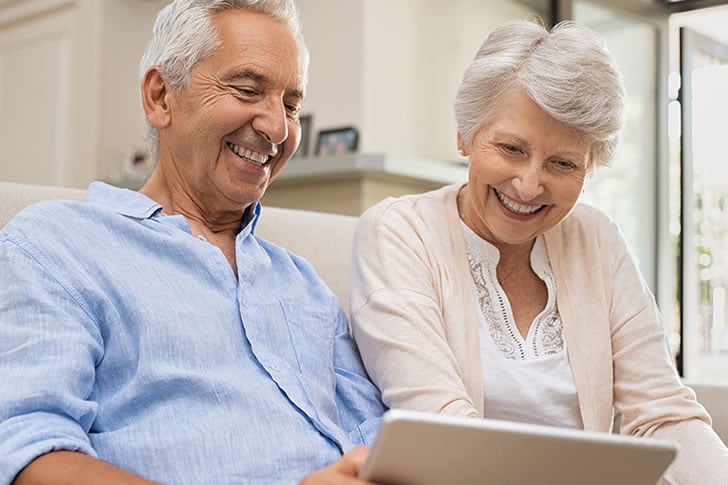This guide provides insight into government-assisted phone programs in the U.S., focusing on services offered by providers like SafeLink Wireless. These programs aim to bridge the digital divide for eligible citizens through affordable or affordable communication services, with varying packages and eligibility criteria.
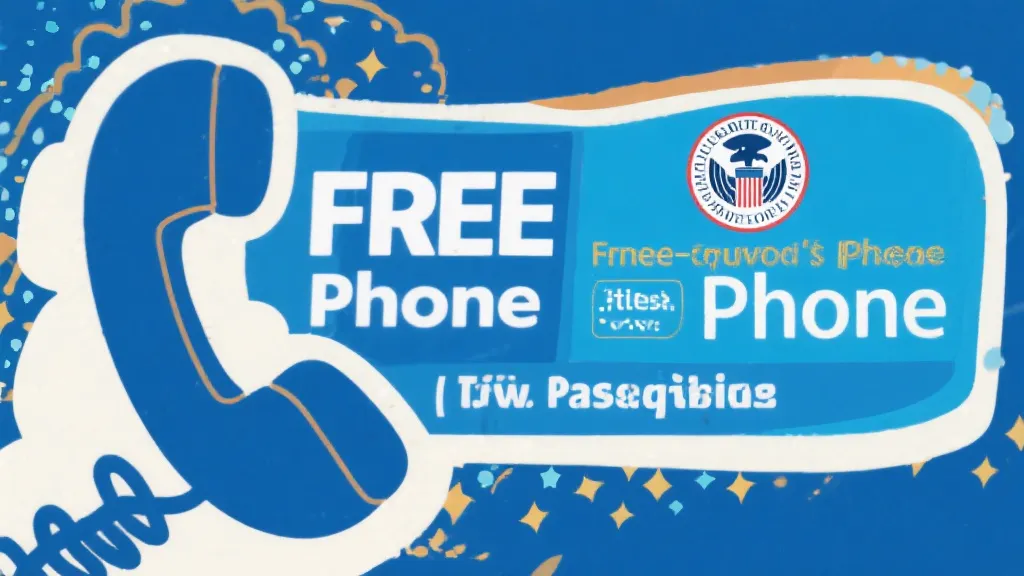
The landscape of telecommunications in the United States has been significantly influenced by government-assisted phone programs, particularly those offered through the Lifeline Assistance Program and the Affordable Connectivity Program (ACP). These initiatives aim to provide essential connectivity services to low-income households, ensuring that every individual can participate in the digital world. As we become increasingly reliant on technology for communication, education, employment, and health services, access to a phone and the internet becomes vital for everyone, particularly for marginalized communities. SafeLink Wireless, along with several other providers, plays a crucial role in delivering these services to those who need them the most.
SafeLink Wireless is one of the leading providers of government-assisted phone services in the United States. Established as part of the Lifeline program, SafeLink began as a simple wireless service provider aimed at providing free or highly-subsidized mobile phones and plans to low-income individuals and families. With the primary goal of bridging the communication gap, SafeLink offers various plans that include affordable smartphones or the option to bring your own device. This program extends its services to cover unlimited texts, calls, and data, with specifics varying by plan and state. The flexibility in plan choice allows users to select according to their specific needs and preferences, thus fostering a sense of autonomy and choice that is often lacking in low-income scenarios. It is important to note that while the basic plan covers essential services, upgrades to premium devices or additional data may incur extra costs.
Besides SafeLink Wireless, other notable providers include Assurance Wireless, StandUp Wireless, Access Wireless, and True Wireless. Each of these providers offers a distinct range of services and features, which can be beneficial depending on the user's specific needs, geographical location, and budget constraints. Here is a comprehensive breakdown of what each provider generally offers:
| Provider | Services Included | Additional Costs |
|---|---|---|
| SafeLink Wireless | Unlimited text, calls, data (varies by state) | Upgrades for premium devices or data |
| Assurance Wireless | Unlimited talk, text, affordable Android smartphone | High-speed data, international calls |
| StandUp Wireless | Unlimited talk, text, data packages | Premium phone upgrades, extra data |
| Access Wireless | Unlimited voice, text, limited data | Data boosts, device upgrades |
| True Wireless | Affordable phone, voice, data plans | Device upgrades, additional data |
In comparing these providers, one must consider various factors such as the availability of services in specific regions, customer satisfaction ratings, and the responsiveness of customer service. Each provider may have unique coverage maps that determine where their service is operational. Moreover, customer reviews often shed light on the real-world functionality of these programs. For example, some users prefer Assurance Wireless for their extensive network partnership, which might provide better call quality and coverage compared to others. Others may find SafeLink's array of plans more suited to their lifestyle needs. Real-life user experiences can significantly influence the choice of provider beyond the simplistic benefits advertised.
To qualify for these government-assisted programs, applicants must meet specific criteria related to income or participation in government programs such as Medicaid, SNAP, Supplemental Security Income (SSI), or the Federal Public Housing Assistance (FPHA). Generally, eligibility for the Lifeline program is determined if the household income is at or below 135% of the federal poverty guidelines, whereas the ACP allows for a slightly higher limit of 200%. Furthermore, residents living on Tribal lands may qualify for additional benefits, reflecting efforts to close the digital divide that has historically disadvantaged Indigenous populations.
The application process is straightforward and is conducted primarily online to ensure accessibility. To apply for SafeLink Wireless and similar providers, prospective users must visit the official website of the provider, fill out the application form, and provide necessary documentation to verify eligibility. Here’s a step-by-step guide to help navigate this process:
After submission, the provider will review the application, and successful applicants will receive their service package according to the chosen plan. Approval times can vary significantly from one provider to another; some may provide instant confirmation, while others could take days or weeks, depending on their internal processes and backlog.
Government-assisted phone programs are not just about providing free or low-cost phones; they represent a lifeline for many families. In an increasingly digital world, where everything from job applications to vital health appointments are conducted online, access to mobile technology is more crucial than ever. Lack of access can perpetuate poverty and limit opportunities due to the inability to connect with employers, schools, and essential services. Here, we will delve deeper into the importance of these programs:
In today's economy, having access to a reliable phone or internet connection is crucial for job seekers. Employers often require prospective employees to submit applications and conduct interviews online. If low-income individuals are unable to communicate effectively due to a lack of resources, they may miss out on job opportunities. Government-assisted phone programs empower individuals by not only providing them with phones—they also facilitate job searches, applications, and ultimately, employment.
With the rise of remote learning, particularly highlighted during the COVID-19 pandemic, access to technology has become synonymous with educational success. Children and young adults from low-income families may not have access to necessary devices or high-speed internet to attend online classes or complete homework assignments. Government-assisted phone programs often provide a means for students to stay engaged in their education, improving academic outcomes and expanding future opportunities. This facet is particularly crucial as education serves as the foundation for lifelong success.
Access to communication services can also significantly impact individuals' health and safety. Many health related services now utilize telehealth as a convenient way for patients to consult with healthcare professionals. For individuals without phones or internet access, important health consultations and checkups become nearly impossible. In emergency situations, having a working mobile phone can be a matter of life and death. Programs like Lifeline and ACP help ensure that vulnerable populations can stay in touch with healthcare providers and emergency services, enhancing their safety and well-being.
Moreover, maintaining communication with friends and family is vital for mental health and social well-being. For those living in isolation or struggling with depression, having a phone can help cultivate relationships and provide support systems crucial for emotional health. Programs designed to provide free or low-cost communication services help break down barriers associated with social isolation exacerbated by economic hardship, thus improving overall community mental health.
For more detailed information about application procedures or eligibility, you can visit the following resources:
SafeLink Wireless: www.safelinkwireless.com
Assurance Wireless: www.assurancewireless.com
StandUp Wireless: www.standupwireless.com
Access Wireless: www.accesswireless.com
True Wireless: www.gotruewireless.com
For those considering applying for government-assisted phone programs or looking for assistance, several resources are available online. Forums and websites dedicated to helping low-income individuals can facilitate knowledge-sharing and tips on navigating the application process. These platforms can provide insights into the common hurdles applicants may face and how others overcame them. Apart from the primary providers, numerous non-profit organizations and community groups assist low-income families in understanding how to apply for these programs and gain the most from their benefits.
Local community centers, libraries, and non-profit organizations often have resources and staff available to assist individuals in the application process. Many of these entities offer workshops or one-on-one sessions that can provide tailored assistance. Establishing partnerships with local job training programs or educational institutions can further aid the outreach of phone service programs, connecting more individuals to essential services.
It is also incredibly beneficial for community members to share their experiences related to government-assisted phone programs. Testimonials can provide valuable insight into which providers deliver the best service, the challenges of the application process, and any hidden costs or limitations of different plans. Such shared experiences can empower new applicants and guide them in their journey toward securing phone services.
In conclusion, government-assisted phone programs serve a critical role in enhancing access to communication services for low-income households in the United States. Access to a phone and, by extension, the internet is more than just a convenience—it is a necessity for socioeconomic advancement. SafeLink Wireless, Assurance Wireless, StandUp Wireless, Access Wireless, and True Wireless are among the providers committed to ensuring that the most vulnerable populations can connect with vital services, resources, and social networks. Ensuring that these programs reach everyone who needs them is crucial for fostering an inclusive society where every person has the opportunity to thrive. Continued advocacy and awareness campaigns are necessary to highlight the importance of these resources and their role in bridging the digital divide.
The government, providers, and communities must work together to ensure that these vital programs not only exist but also evolve to meet the needs of our changing society. The expansion of technology and its role in everyday life calls for ongoing commitment to accessibility, ensuring no one is left behind in the digital age.
The information presented here is sourced from online resources accurate as of October 2023. While every effort is made to ensure the accuracy of the content, it cannot be guaranteed that applicants will receive a government-assisted phone as application requirements and processing vary by provider. For the most current information, prospective applicants should consult the official websites of the providers. This website does not update content in real-time.
Understanding Sme Neobank Impact
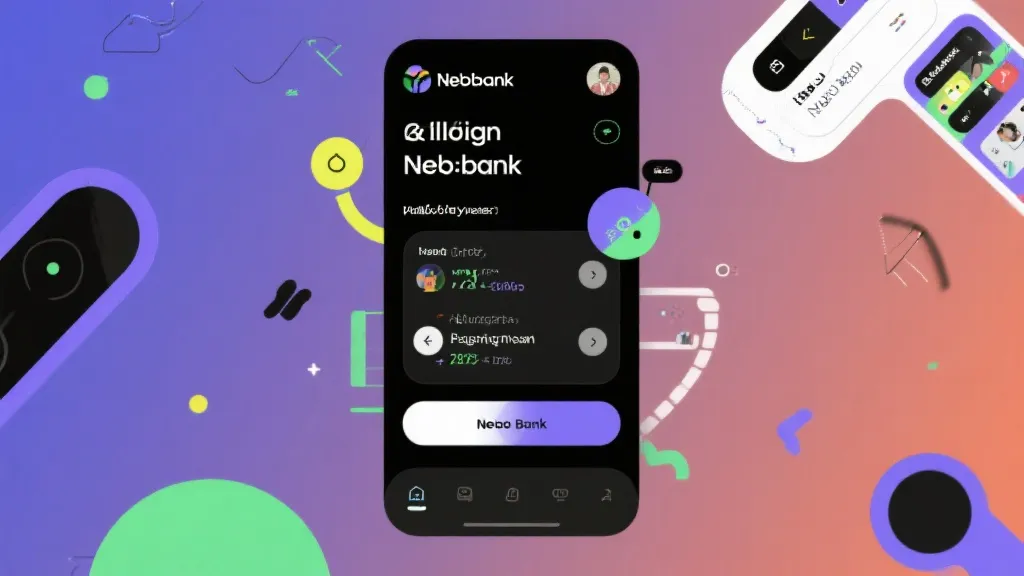
Exploring Webbank and Its Competitors

Discover Westminster Plaza Orlando
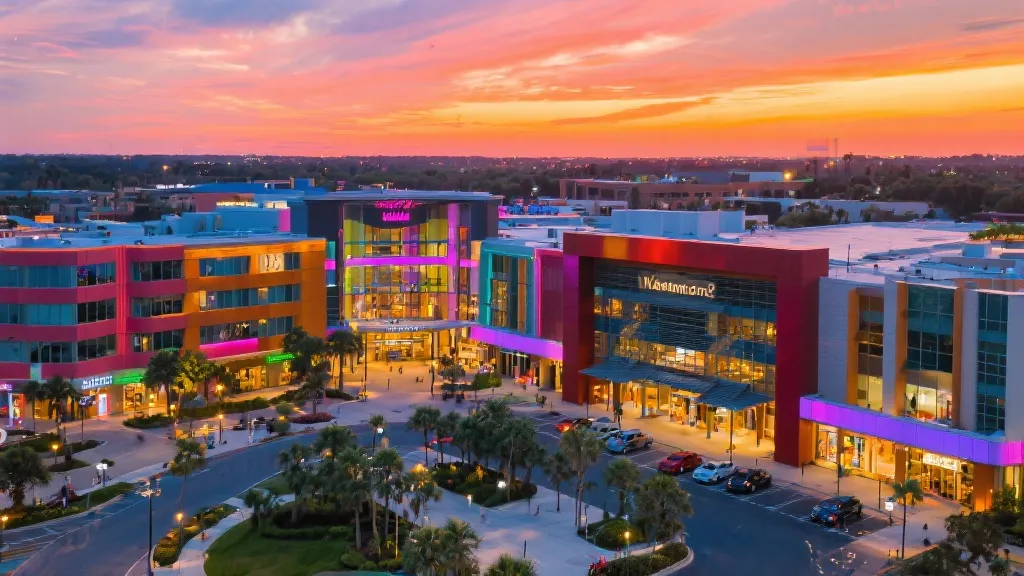
Discover Heartis Eagle Mountain Elegance
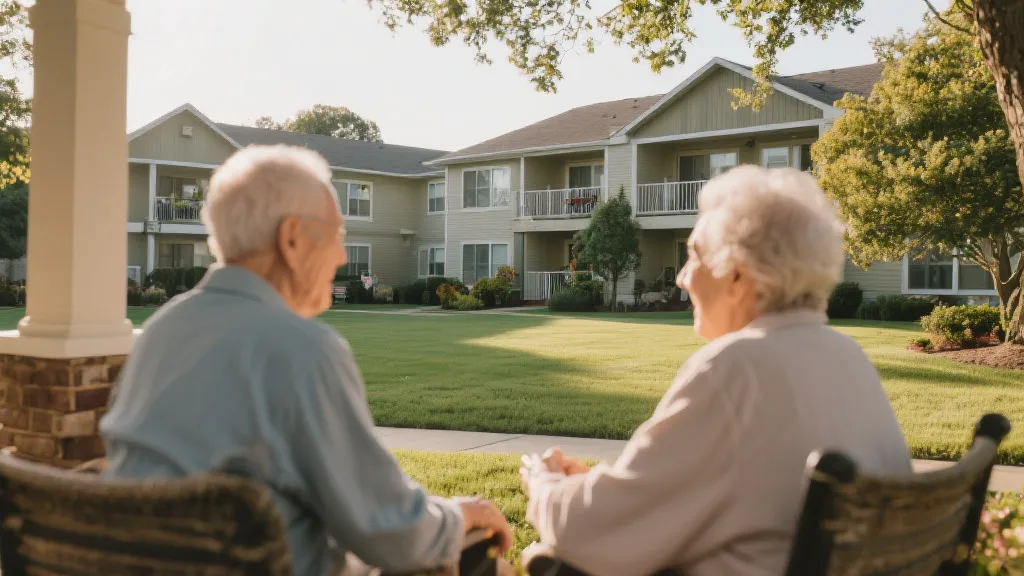
Westminster Plaza Orlando: A Comprehensive Guide

Transforming Banking with Sme Neobank
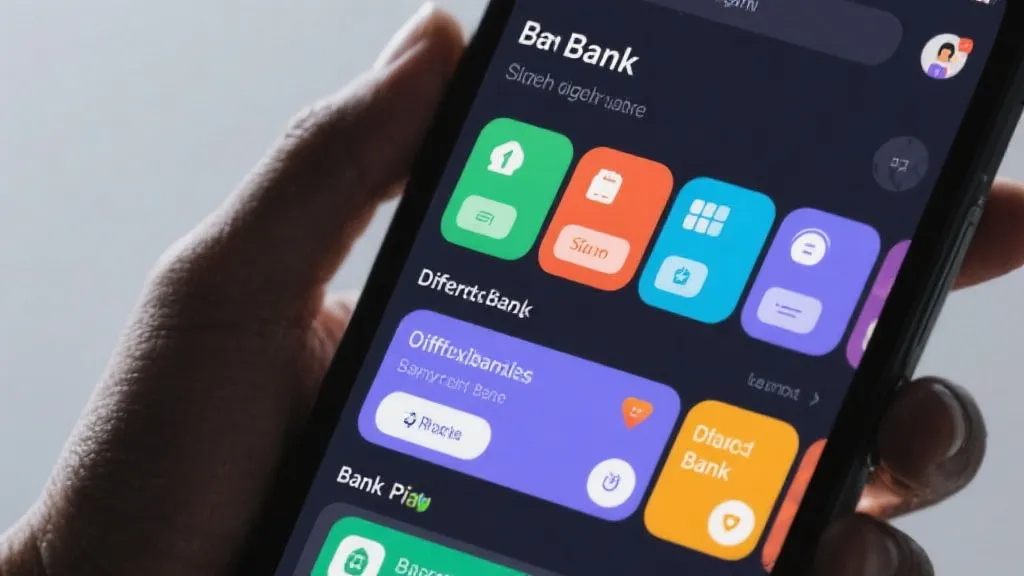
Discovering Westminster Plaza Orlando
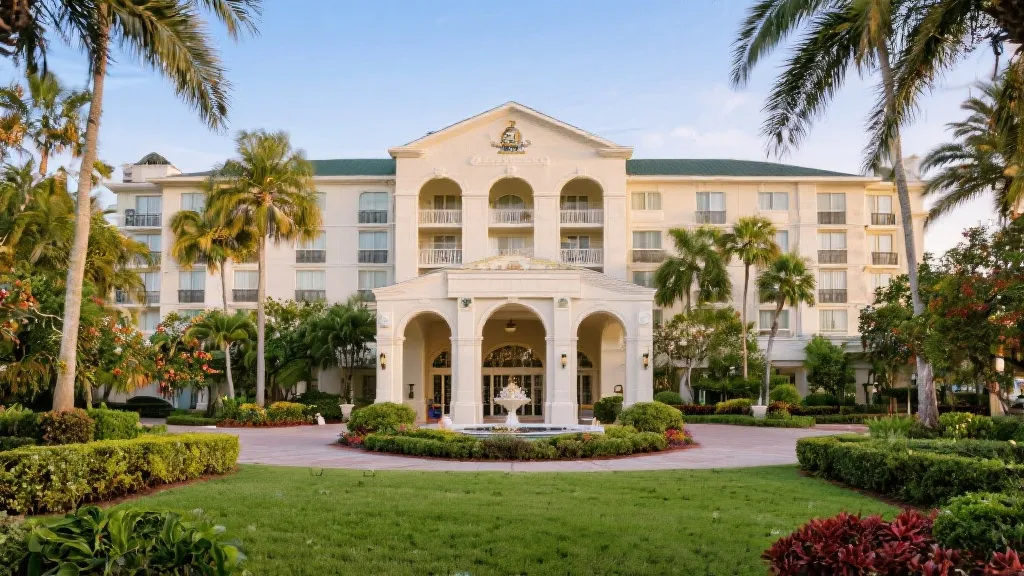
Discovering Westminster Plaza Orlando
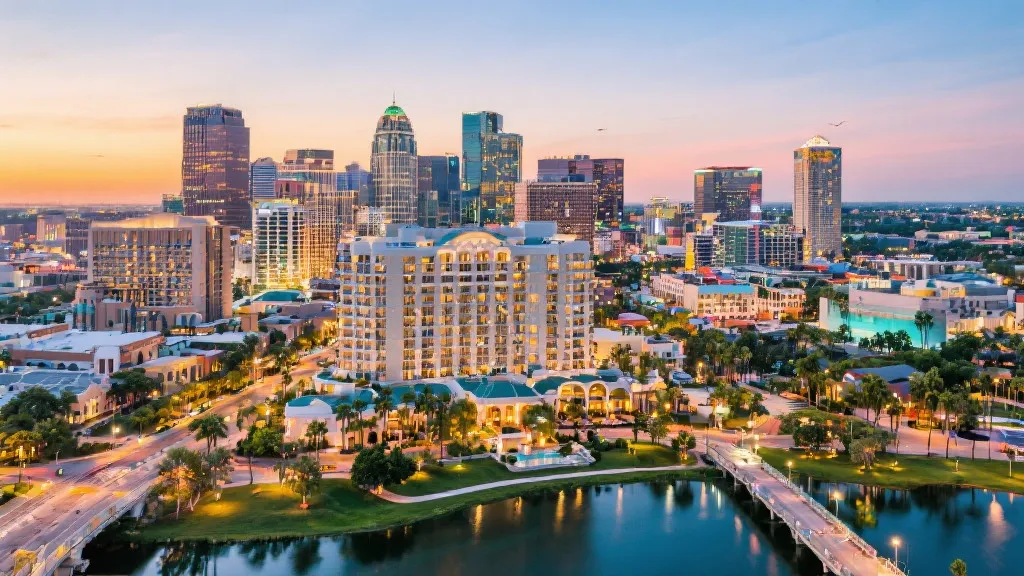
Life Insurance for Seniors: Maximizing Coverage and Benefits
